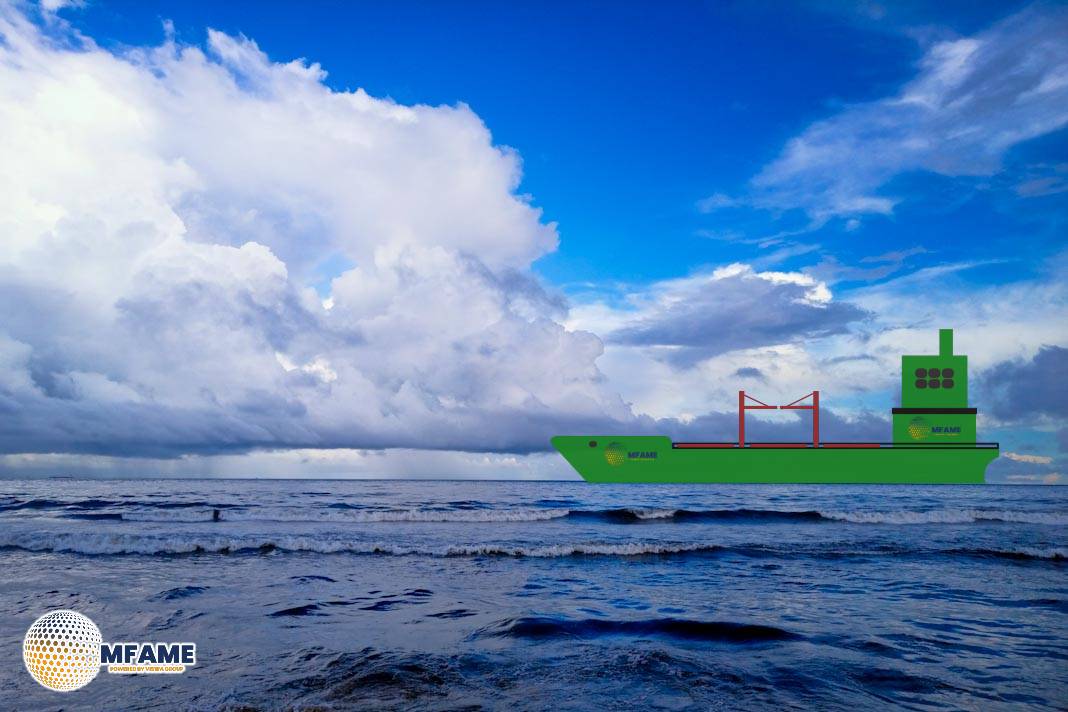The Capesize freight market is showing signs of strength, largely driven by a significant increase in Brazilian iron ore shipments. In July 2025, volumes reached nearly 38 million tonnes, the highest monthly level of the year. This surge is attributed to a seasonal rebound in production from Vale, which saw its Q2 output increase by 3.7% year-on-year to 83.6 million tonnes. Vale is on track to meet its 2025 production target of 325–335 million tonnes.
Capesize Market Strengthened by Brazilian Iron Ore
On the demand side, Chinese iron ore imports remain strong despite weakness in their domestic steel sector. This sustained demand is driven by traders building up stockpiles and consistent supply from both Brazil and Australia. The combination of strong Brazilian exports and steady Chinese demand has positively impacted Capesize rates. The C3 Tubarao–Qingdao route is holding near $25 per ton, and the 5TC average earnings have risen to $30,000 per day, a $7,600 increase over the past month. The oversupply of Capesize vessels in the South Atlantic has also begun to ease, with a decline of nearly 15 ballasters, now totaling 255.
Panamax and Supramax Markets Face Oversupply
In contrast to the Capesize market, the Panamax sector is experiencing a continued decline in spot rates, particularly for routes from East Coast South America (ECSA) and the US Gulf (USG) to the Far East. These routes have seen monthly rate drops of 11% and 8%, respectively. This weak momentum is exacerbated by a growing number of Panamax ballasters in the ECSA, which now number 260, nearing a high not seen since early February.
The Supramax market is also facing oversupply issues in both the Atlantic and Pacific basins. Ballast supply has surged, with a 11% increase in the South Atlantic and a 27% rise in the North Atlantic. Similarly, the Pacific market saw significant increases, with the Indian Ocean/South Africa region up by 20% and Australasia by a notable 40% week-over-week. This oversupply is putting downward pressure on freight rates for these vessel segments.
Did you subscribe to our daily Newsletter?
It’s Free Click here to Subscribe!
Source: Breakwave Advisors
















